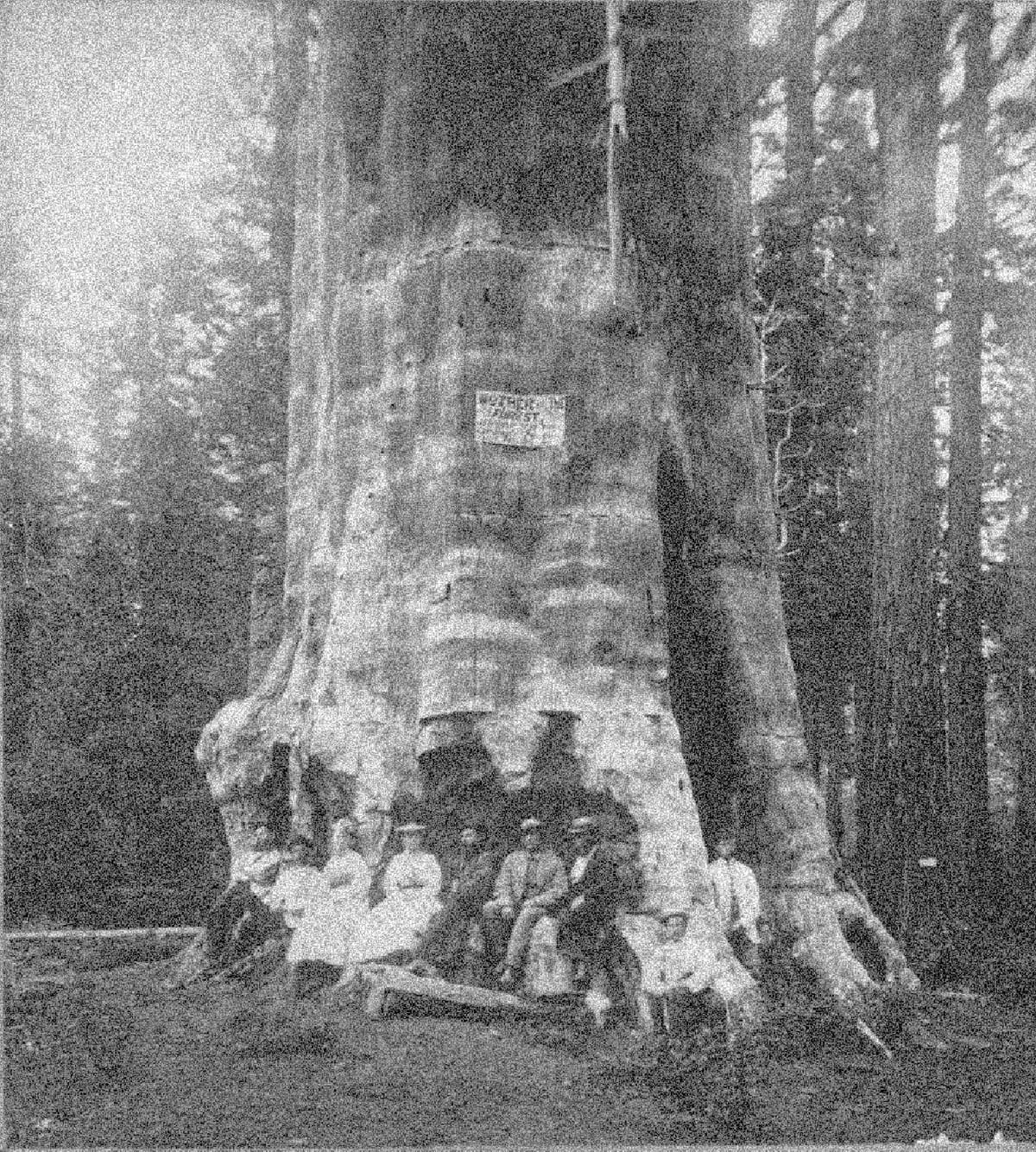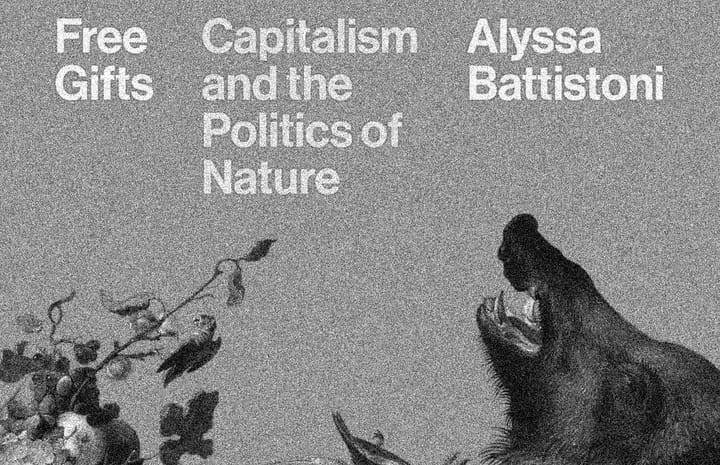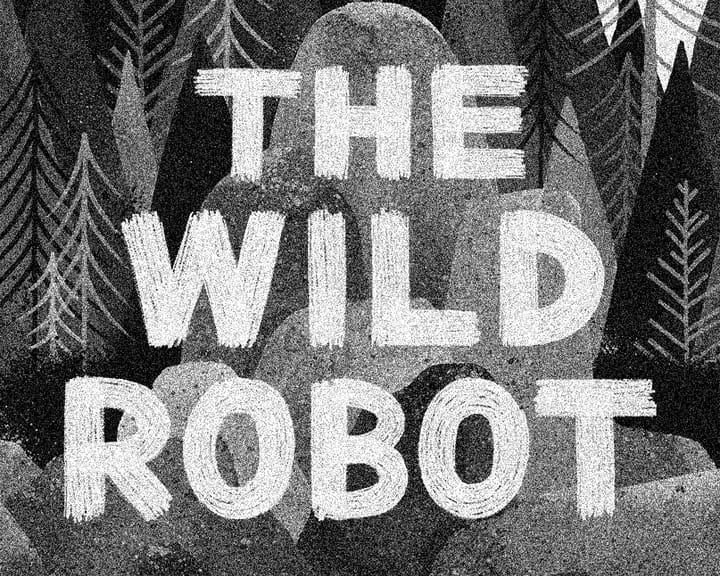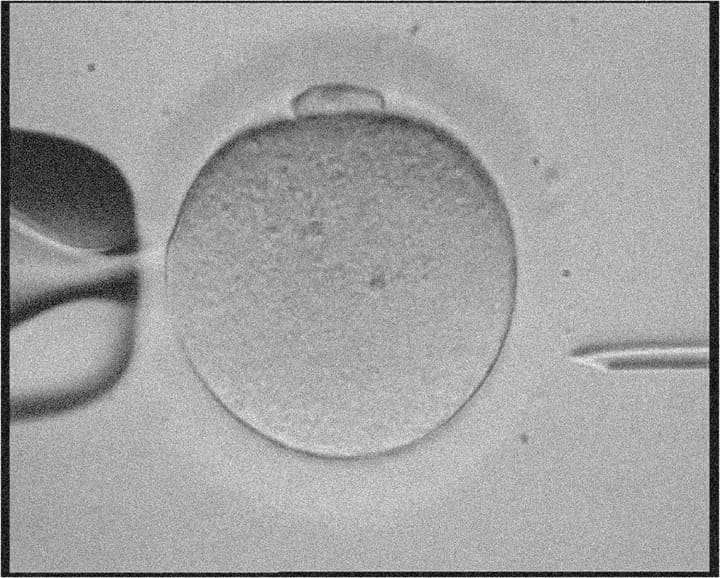Mothers Don’t Grow on Trees
A popular book about “Mother Trees” cloaks its misleading claims in the beloved metaphor of motherhood. But as the need for public trust in ecological science increases, we can ill afford to substitute moralistic storytelling for the scientific method.

Both our understanding and use of forests has changed dramatically in recent decades. Forests harbor diversity in the face of habitat loss, sequester carbon, protect us from rising temperatures and zoonotic diseases, supply wood, and satisfy deep and diverse cultural and spiritual connections. Accompanying this renewed recognition of forests as critical to life on this planet has been the rise of a metaphor that centers humans, and women in particular, for understanding forest function and in making the case for forest protection.
“Mother Trees” are described as the biggest, oldest trees in a forest. The metaphor was introduced in 2016 by forest ecologist Dr. Suzanne Simard. Despite having both male and female organs, these trees were dubbed “mothers” due to what Simard perceived to be their mothering behavior. Through common mycorrhizal networks, formed when fungi physically connect roots of the same or different plant species, Mother Trees are said to share resources with their seedlings, directly assisting in the survival of their kin. The story goes as far as to say that when “Mother Trees—the majestic hubs at the center of forest communication, protection, and sentience—die, they pass their wisdom to their kin, generation after generation, sharing their knowledge of what helps and what harms, who is friend or foe, and how to adapt and survive in an ever-changing landscape.” In her book, Simard argues that this kind of nurturing and caring dynamic has been obscured by the historic dominance of forestry by men, who see competition instead of cooperation.
Simard’s promotion of Mother Trees in forest conservation has been recognized as “revolutionary” and “pioneering.” Her TED Talk “How Trees Talk to Each Other” has been viewed over 5 million times.
Despite the clear popularity of Simard’s portrayal of forest dynamics, there are three crucial problems with metaphors that naturalize the relationship between women and the environment. First, metaphors that relate to nature and gender have highly problematic implications for gender equality and cultural progress. Second, the Mother Tree metaphor provides little guidance in addressing today’s most pressing forest management challenges. And finally, fusing normative goals with scientific practice risks the distortion of science in deference to a self-proclaimed sense of moral authority.
Naturalizing Relationships Between Women and the Environment
In the 1980s, the field of ecofeminism began to systematically assess the relationship between gender and environmental values. An underlying split within this space emerged. Mainstream iterations tend to presume that women have a hard-wired closeness to nature, which serves as a source of strength, power, and authority. Women, notably mothers, are seen to have inherent qualities—nurturing, protective, providing—and these merits are seen also to apply to ecological systems. More critical views see the amalgamation of women and nature as essentialist and pejorative, naturalizing gender roles dictated by cultural norms. Decades later, we find ourselves with the same division when considering the consequences of the Mother Tree, a metaphor crafted to connect people with forests.
No doubt part of the appeal of the “Mother Tree” idea is that we are already accustomed to hearing about “Mother Earth.” Like the Mother Tree, the origin and spread of the Mother Earth myth says more about the cultural metaphors pertaining to nature than it does about nature itself.
Shall I take a knife and tear my mothers bosom? Then when I die, I can not enter her body to be born again. You ask me to cut grass and make hay and sell it, and be rich like white men, but how dare I cut off my mothers hair?… We must wait here, in the homes of our fathers, and be ready to meet them in the bosom of our mother.
This widely quoted statement is often pointed to as the origin of the term “Mother Earth.” It is attributed to Smohalla, a member of the Wanapum tribe in what today is Washington State, dating to the mid-1800s. Smohalla compares here the plowing of the soil to slicing his mother’s bosom. Running with the essential rejection of agriculture contained in this statement, a series of European and American intellectuals associated this metaphor of Mother Earth to an essential primitivism. Sometimes this association was well-intentioned, but it also justified the perpetuation of hierarchies. While Smohalla may have coined the concept, white intellectuals used it to paint a singular picture of native tribes as primitive, unable to master higher-level land management practices.
Over time, the Mother Earth metaphor has become part of a broader cultural narrative. The undeniably powerful and popular Mother Tree metaphor represents another turn of the same crank, conflating ecological relationships with a seemingly immutable set of characteristics associated with mothers—noble, endlessly giving, fiercely and defensively loyal. Since prototypical mothers are sacrosanct, the idea of tree-as-mother is essentially shielded from criticism. Who dares find fault in mothers?
Challenging Mother Trees
Metaphors bridge the unknown with the known to clarify concepts and establish meaning. They’re a powerful literary device that emerges from uncertainty to connect with understandings when there is not yet more precise terminology. A tree’s relationship with common mycorrhizal networks has courted metaphors because of our limited understanding of how these tree-fungal networks function. Interactions among trees connected below ground have been likened to the Internet (“wood-wide web”), and given their potential ability to distribute resources within a forest community, they’ve even been cast in political terms (“socialism in soil”).
Despite the Mother Tree metaphor having cultural resonance, many of its claims are dubious, untested, inconclusive, and downright false. For example, core to the Mother Tree narrative is the idea that common mycorrhizal networks mediate belowground resource transfer, enabling the Mother Tree to help her seedlings survive. But whether common mycorrhizal networks actually function in this way has been disputed for 25 years. The narrative also implies that seedlings should be more abundant and grow better when closer to Mother Trees, but some researchers have concluded the opposite, at least for pine trees in boreal forests.
Recently, a number of critical commentaries have been published about the basic metaphor, calling into question the mechanisms purported to facilitate nurturing of seedlings by Mother Trees. In the most recent experiment to date, there was “no evidence of biologically significant carbon transfer” between neighboring tree seedlings that shared fungi in common. Many in the forest management community have simply ignored the idea altogether.
And with good reason. Like all organisms, trees vary in how they respond to other species. They can be in competition with each other for water, light, and nutrients, depending on the characteristics of each forest ecosystem. These relationships vary significantly between climatic zone, forest composition, successional stage, and management regime. Uncertainty, context-dependence, and inconclusive results from this difficult-to-study system are left behind when mycorrhizal trees in a forest are conceptually morphed into Mother Trees. Might there be just as many Mommie Dearest Trees as Giving Trees?
Despite such gaps, the popular media has been credulously fascinated with Mother Trees. A National Geographic video depicts trees in old growth forests signaling distress to each other through a common mycorrhizal network. This idea is based on a single experiment done on seedlings grown in pots in a greenhouse—a far cry from an intact forest. The idea that dying Mother Trees send their resources through mycorrhizal networks to nearby seedlings has never been tested in a forest.
Nevertheless, the Mother Tree story has been embraced by media organizations such as BBC and PBS, resulting in children's books, documentaries, and pushes to change forest management. It appears irrelevant to these communities that significant parts of the story are based on little to no peer-reviewed research.
Mother Trees and the Distortion of Science
Where does the Mother metaphor ultimately take us when it comes to managing forests? Likely nowhere. A management prescription is not possible in cases where the research is controversial, inconclusive, and unresolved. Moreover, the ecological value of leaving big, old trees standing was already known before Mother Trees came onto the scene.
Where it does take us is into dangerous ideological territory. The Mother Tree metaphor sets a problematic precedent for science communication insofar as the principles of scientific research are selectively glossed over when convenient for furthering a particular cause. In the name of seizing moral authority, the underlying science is distorted and sometimes problematic political conclusions are reached.
This practice of clinging to moralistic metaphors is in fact a common approach to framing environmental issues. The United Nations’ Decade on Ecosystem Restoration program warns, for example, that “Mother Earth is crying out for protection and restoration”, citing hydropower as one of the causes of the degradation of the Mekong Delta. Prolific ecofeminist activist Vandana Shiva has for decades evoked Mother Earth—who “connects us to her life and the Earth Family through flows of living currencies of energy and breath, water and nourishment”—to oppose human interventions from nuclear energy to vitamin-fortified “golden” rice. The legal battles against golden rice, led by Shiva and groups like Greenpeace, threaten the ability for literal human mothers across the developing world to adequately nourish their children. The essentialization of motherhood has implications for public opinion and environmental policy well beyond that of the specific case of Mother Trees.
There is significant momentum behind using storytelling, and more specifically metaphor, as a form of science communication. But when liberties are taken in verifying these stories through systematic research, the water is muddied. Responsible science means shining light on findings that problematize stories and challenge our preconceptions, not running with distorting metaphors in the name of a cause.
Compromising science in the name of normative goals risks losing public trust at a time when we cannot afford its loss, given the importance of getting environmental and climate science right at this precarious moment in history. The pursuit of truth means being willing to kill one’s most beloved ideas, or in this case, those darling Mothers.
■
Jennifer Bernstein is Editor-in-Chief of Case Studies in the Environment and Adjunct Faculty at Tarleton State University.
Justine Karst is an Associate Professor at the University of Alberta, Canada. She studies the mycorrhizal ecology of forests.



